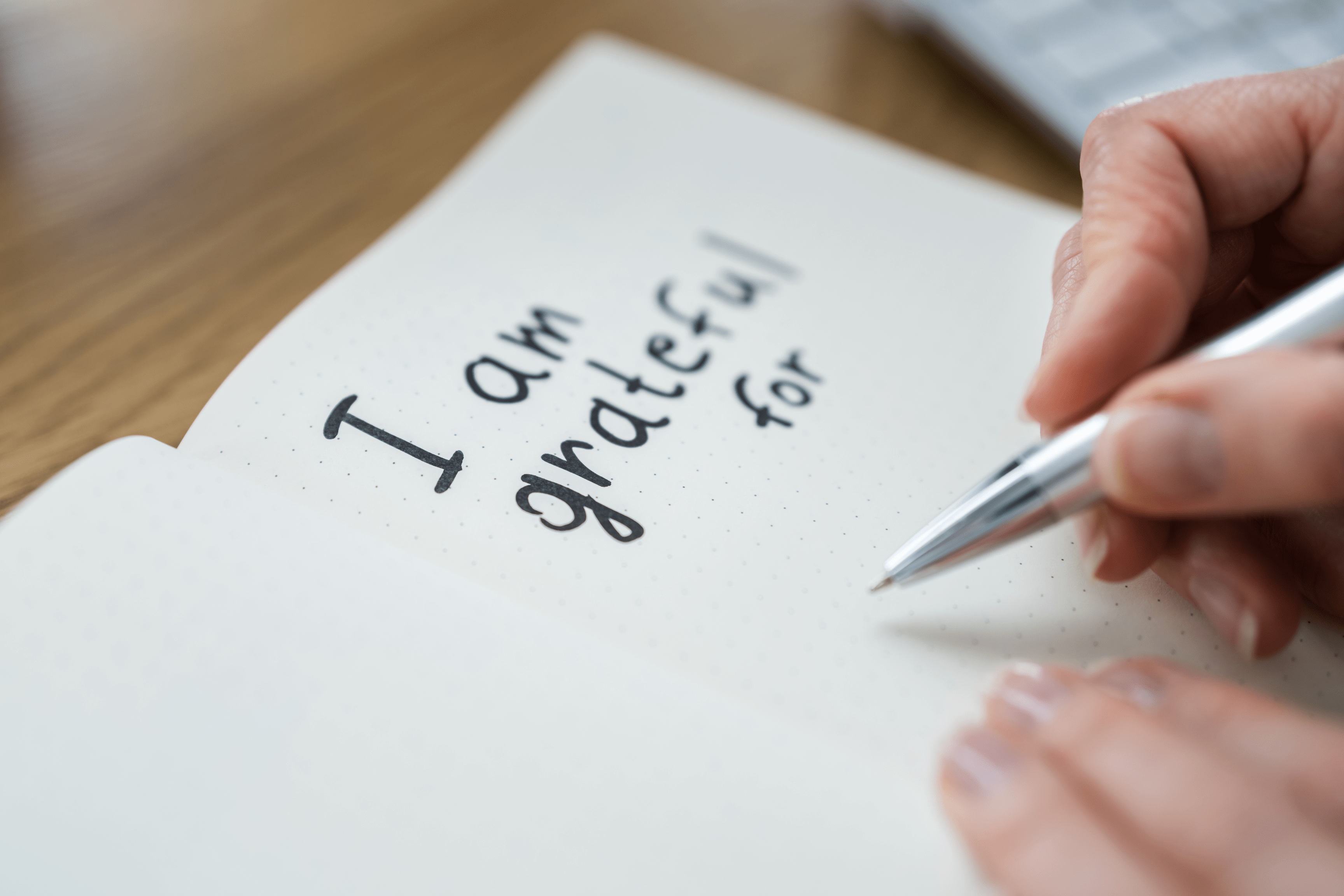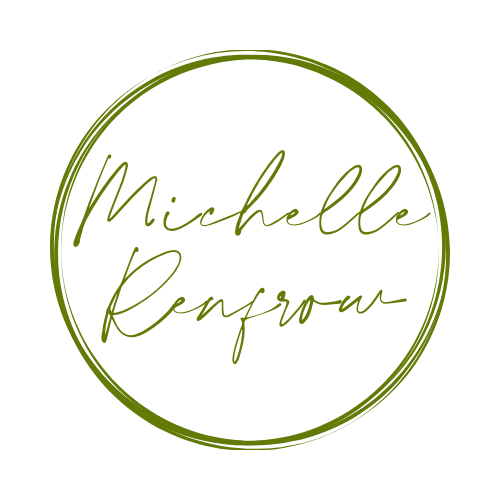What Is Gratitude? According to the website, Verywellmind.com,“Gratitude is a positive emotion that involves being thankful and appreciative and is associated with several mental and physical health benefits. When you experience gratitude, you feel grateful for something or someone in your life and respond with feelings of kindness, warmth, and other forms of generosity.”
The word gratitude can have a number of different meanings depending on how others use it and in what context.
“In general terms, gratitude stems from the recognition that something good happened to you, accompanied by an appraisal that someone, whether another individual or an impersonal source, such as nature or a divine entity, was responsible for it,” explain researchers Lúzie Fofonka Cunha, Lucia Campos Pellanda, and Caroline Tozzi Reppold in a 2019 article published in the journal Frontiers in Psychology.”
So why is documenting what you are grateful for such a big deal?
The website for the Greater Good in Action has a lot to say about WHY.
Why You Should Try It
It’s easy to take the good things and people in our lives for granted, but research suggests that consciously giving thanks for them can have profound effects on our well-being and relationships. This exercise helps you develop a greater appreciation for the good in your life. In fact, people who routinely express gratitude enjoy better health and greater happiness.
Why It Works
While it’s important to analyze and learn from bad events, sometimes we can think too much about what goes wrong and not enough about what goes right in our lives. A gratitude journal forces ourselves to pay attention to the good things in life we might otherwise take for granted. In that way, we start to become more attuned to the everyday sources of pleasure around us—and the emotional tone of our life can shift in profound ways. What’s more, actually writing about these events is key: Research suggests translating thoughts into concrete language makes us more aware of them, deepening their emotional impact.
Evidence That It Works
Emmons, R. A., & McCullough, M. E. (2003). Counting blessings versus burdens: An experimental investigation of gratitude and subjective well-being in daily life. Journal of Personality and Social Psychology, 84(2), 377-389.
People who wrote in a Gratitude Journal weekly for 10 weeks or daily for two weeks experienced more gratitude, positive moods, and optimism about the future, as well as better sleep, compared to those who journaled about hassles or their daily life.

Who Has Tried the Practice?
Undergraduate students at a large American public university and patients at the University of California, Davis, Neuromuscular Disease Clinic participated in the above study. Around 76% of the participants were women. Data on ethnicity and race are unavailable for this study, but additional studies explore how the Gratitude Journal benefits different groups and cultures.
- A group of predominantly white and highly educated people in Brazil increased in positive emotion, happiness, and life satisfaction and decreased in negative emotion and depression after daily gratitude journaling for two weeks.
- Polish natives also increased in well-being after gratitude journaling.
- Turkish university students improved in college adjustment, life satisfaction, and positive emotion after three weeks of gratitude journaling.
- In a New Zealand study, people with arthritis experienced less pain, everyday interferences from their pain, and pain-related anxiety and more self-efficacy after gratitude journaling each week for four weeks.
- Muslim undergraduate students in Malaysia increased in happiness after two weeks of writing daily notes of Islamic-based gratitude that expressed “their gratefulness to the Merciful Allah who grants them with blessings and is responsible for their grateful and blessed situations.” About 85% of the participants were women.
- A four-week Christianity-based gratitude program, in which pastors led activities such as gratitude journaling, sermons, and psychoeducation, improved well-being, life satisfaction, and interpersonal engagement in members of a mostly white congregation in the American Pacific Northwest.
More research is needed to explore whether, and how, the impact of this practice extends to other groups and cultures.
Some people note their gratitudes in the evening before bed. They review their day and what was significant. I write in the morning. When my mind is fresh and I have an outlook that I’m ready for.
The CenterforOptimism.com wrote the following about what time of day to write down your thoughts. “Late in the day every day, spend a few minutes reviewing and thinking about everything that went right for you that day – even the small things.”
What did you enjoy?
What felt good?
Take a moment to really savor them, think about their value, then write them down in your diary or journal or a pad of paper you keep by the bed.

Most importantly, it should be the first thing you read in the morning and well ahead of news consumption and ahead of your email and overnight messages.
This type of reflection is one of the most powerful ways of maintaining and increasing optimism. It can help you program positive thoughts and images into your mind for the night. In some senses it’s similar to the “Hunt for the good stuff” training exercise used by the American military in which soldiers are encouraged to search for and focus on what they can be grateful for.
Regular recording of your gratitude should help you sleep better and awake more ready to face the day.
Ideally, keep a journal – best in hard-copy – buy a beautiful or elegant notebook for this purpose.
Some people prefer to keep this as a file on their computer or smart-phone, that’s fine too – whatever works best for you.”
Action: Take a piece of paper or start a new document on your computer and list the things you are grateful for. Keep it somewhere easily found and go back to that list in a week and see what you can add to it.
Action: Buy a nice notebook or journal, keep it by your bedside and write three things in it that you are grateful for today. First thing in the morning, after using the toilet or while on the toilet, read what you wrote yesterday. *taken from website, Center for Optimism. The website, Greater Good in Action website details step by step ways to write in your gratitude journal.
Time Required
15 minutes per day, at least three times per week for at least two weeks.
How to Do It
There’s no wrong way to keep a gratitude journal, but here are some general instructions as you get started.
Write down up to five things for which you feel grateful. The physical record is important—don’t just do this exercise in your head. The things you list can be relatively small in importance (“The tasty sandwich I had for lunch today.”) or relatively large (“My sister gave birth to a healthy baby boy.”). The goal of the exercise is to remember a good event, experience, person, or thing in your life—then enjoy the good emotions that come with it.

As you write, here are nine important tips:
1. Be as specific as possible—specificity is key to fostering gratitude. “I’m grateful that my co-workers brought me soup when I was sick on Tuesday” will be more effective than “I’m grateful for my co-workers.”
2. Go for depth over breadth. Elaborating in detail about a particular person or thing for which you’re grateful carries more benefits than a superficial list of many things.
3. Get personal. Focusing on people to whom you are grateful has more of an impact than focusing on things for which you are grateful.

Here is one method I started a while back. I got a cute little spiral bound notebook. I chose to use one page each day to write down a few thoughts.
It started a lifelong love of daily gratitude notation for me. You can even color the artwork on this one.
I wish it was a different image each day but that’s ok. It wasn’t quite just about gratitude but I was new to this and working on myself so I call this a win.
I was shopping a few years ago with a friend and came across this clear glass wooden box with the work gratitude etched to the sides. I snatched that guy up and knew exactly what I was going to do with it.
It became my 3D version of gratitude journaling. I started using scrapbook paper or cute little cut paper scraps or samples to write a daily statement of my gratitude.

Then it morphed into something bigger. I started adding things that happened to me that I wanted to remember. Sometimes it was a ticket stub to my kids baseball game, a card from someone that touched me, hospital bands, (I have plenty of those lol), and of course my daily thoughts.
At the end of each calendar year, New year’s Day I would sit on my bed and dump the entire thing out and review my year. I would reminisce about the good and the bad and sometimes keep one or two things and then I would recycle or throw away all of my things and start the next year with a clean slate.
This was a meditative process for me. Not all my memories were positive and I had to be ok with that. But reviewing the year reminded me that I lived through the hard things and can hold onto what I needed to learn from those experiences. It was therapeutic. I have shared this little box with others and I now have many friends who are doing this same method. Its gratitude journaling 2.0 lol
However you do it, just DO IT! Buy a blank journal, buy one with prompts on it or predated. Some gratitude journaling books come with motivational quotes, attractive images and even coloring pages! JUST DO IT!
Happy arting!





